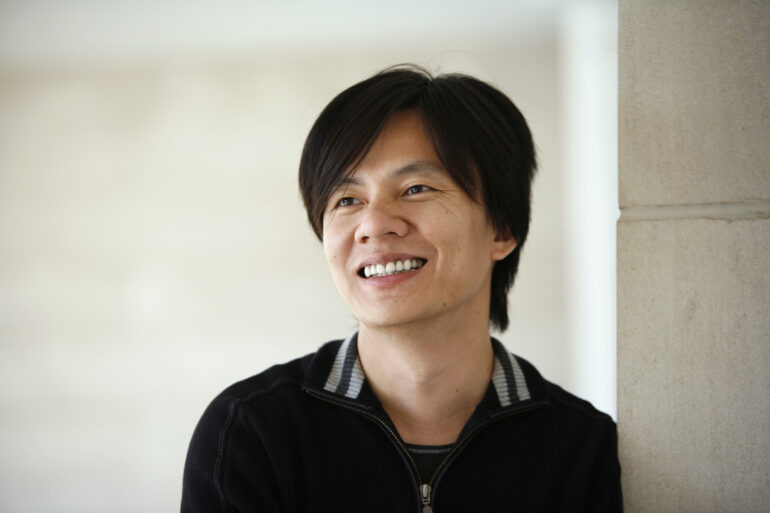If an aeronautical engineer wants to make sure a plane stays steady in the air, she might first build a computational model, feeding into it variable such as information about the plane’s weight or the thrust that can be achieved, together with the laws of aerodynamics, which account for how a plane moves through the air.
She can then build a controller — a program designed to monitor and regulate the system. In this case, the system is the airplane and the surrounding atmosphere. The controller receives information from sensors on the plane, and then continuously and fully automatically makes necessary adjustments to meet a goal. If the plane is pitching down, the controller compensates, directing the plane to pull up its nose.
A biological system might be understood in the same way: a brain might be modeled, by its neural connections the speed at which neurons fire. And there are controllers. Hormones are released according to brain states in order to meet a goal (such as the release of cortisol to manage blood pressure).

Can systems engineers, then, use control theory to better understand the workings of the brain?
Not in the traditional sense, according to, assistant professor of electrical & systems engineering in the McKelvey School of Engineering at Washington University in St. Louis.
“Such a task is feasible if your system is not too complicated,” Zeng said. But a biological system such a brain or a cell is complicated. Even if it could be reproduced as a model, that model would be too big and too complicated to design a feedback control system.

Zeng and, professor of electrical & systems engineering, have been developing a new, data- and computationally-driven method to understand and bring under control more complex systems. They have recently received a $488,811 grant from the ³Ô¹ÏÍøÕ¾ Science Foundation for projects focused on the analyzing and controlling aspects in the dynamics of the brain and cancer cells populations.
Traditionally, systems engineers first build a model of the system they are working on. Only then do they move on to the controllers, programs that rely on feedback to continuously monitor the state of the system and adjust according to the desired outcome.
This method is not perfect, but it works well when the system is something like an airplane with well-understood underlying rules — aerodynamics, laws of motion, etc. In a more complex system such as a brain, however, it’s a different story.
“Even if a model could be built,” Zeng said, “it would be very detailed and large, but also so complicated that you won’t be able to do feedback control design with it.”
“Also, in many scientific domains conducting research on highly complex systems, researchers trust their data much more than any mathematical model,” Li said. Therefore, instead, Li and Zeng are developing a novel, more holistic data-driven approach to analyzing complex dynamical systems and designing control mechanisms.
They can do that because of the vast amounts of data now available; data in the form of brain scans, improved microscopy and other high tech innovations. They plan to use this data along with a kind of generic, or primitive model they have developed, and build control methodologies while at the same time, building out and enhancing the model.
“It will be the data and models informing each other,” Zeng said. The more data, the more powerful and precise the model may be established. With a more powerful model, Li and Zeng will be able to design more effective and holistic controllers. Along the way, they expect to also uncover new, fundamental principles about systems design — new control design paradigms, for example.
And there might be another benefit.
A model of an airplane is based on those principles that underlie the system, but researchers know of nothing as certain or comprehensive when it comes to more complex, biological systems, like a brain.
But if such principles exist, the data is beholden to them nonetheless.
Marrying massive quantities of data with their model has the potential to draw out these as-of-yet-unknown principles, shedding light on biological fundamentals through systems engineering.
“Of course we like to build upon knowledge and use fundamental principles,” Zeng said, “but sometimes there are limits. There are places we cannot get to just from looking at fundamental things. But data, that can take us to uncharted territory.”





